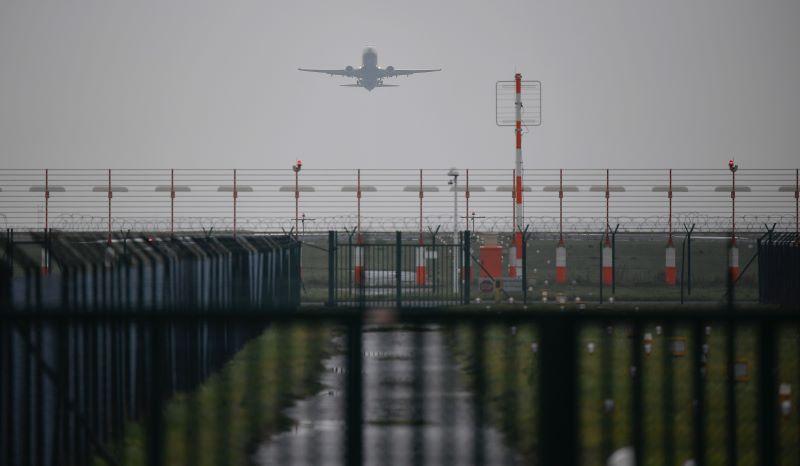
Credit: Tobias Schwarz/AFP/Getty Images
Russia’s invasion of Ukraine is resulting in the jamming of satellite navigation systems that could affect civil aviation in the surrounding region, EASA has warned. In a March 17 Safety Information Bulletin aimed at national aviation authorities, air navigation service providers (ANSPs) and...
Subscription Required
This content requires a subscription to one of the Aviation Week Intelligence Network (AWIN) bundles.
Schedule a demo today to find out how you can access this content and similar content related to your area of the global aviation industry.
Already an AWIN subscriber? Login
Did you know? Aviation Week has won top honors multiple times in the Jesse H. Neal National Business Journalism Awards, the business-to-business media equivalent of the Pulitzer Prizes.

